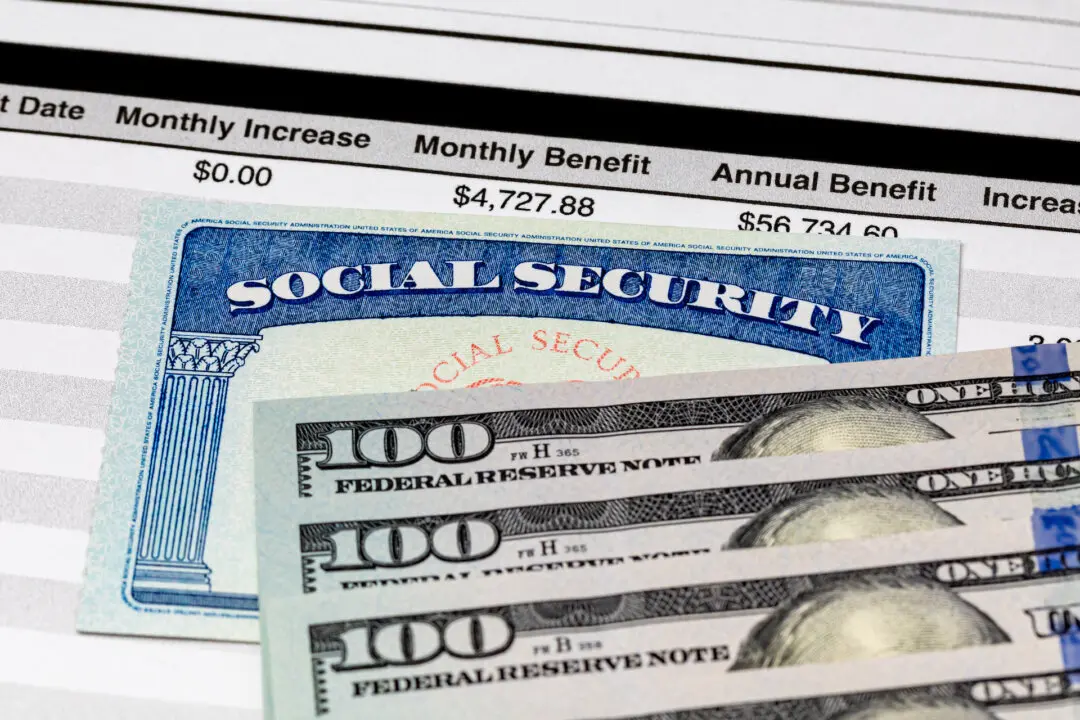I just don’t get people’s fascination with the idea of getting retroactive retirement benefits from Social Security. I can understand that, on the surface, the idea of getting a big retroactive check from the government might sound like a financial windfall.
But when you think it through, or at least when I think it through, it just doesn’t make much sense.





